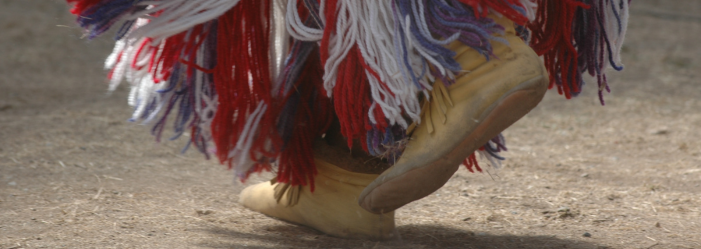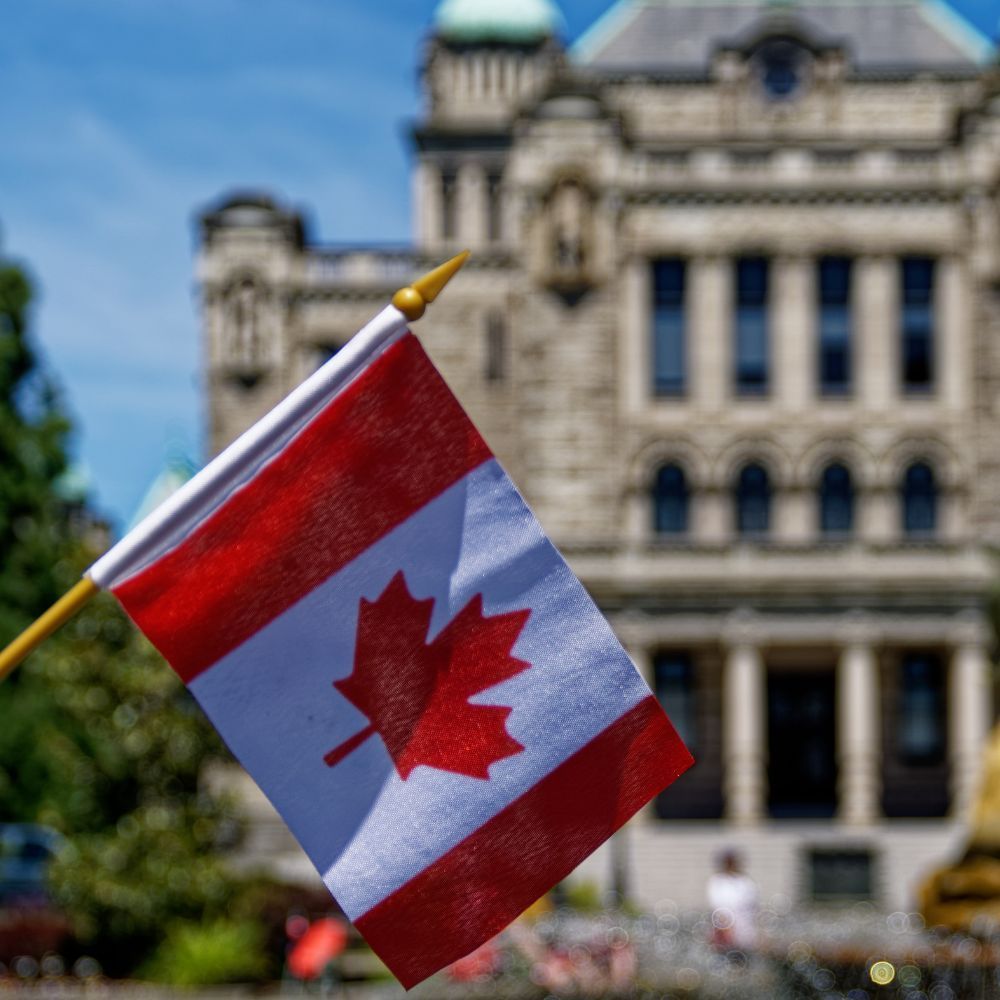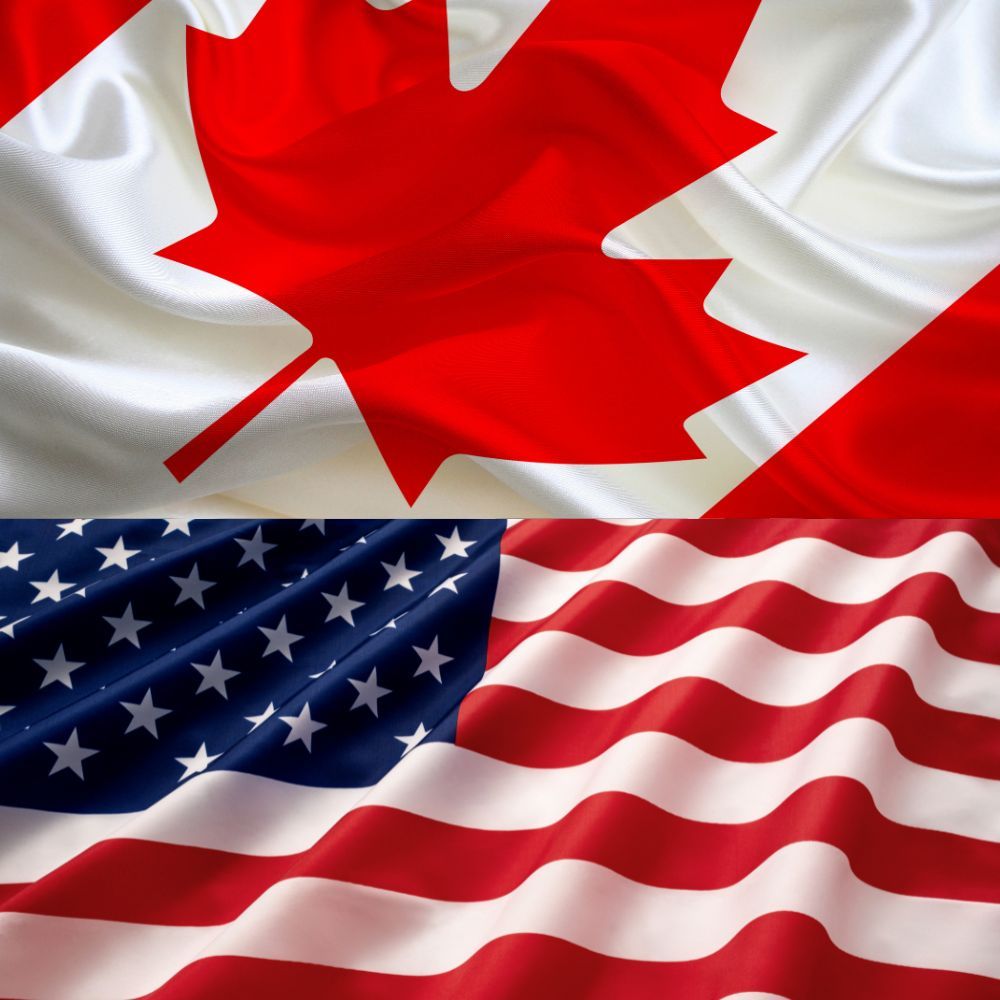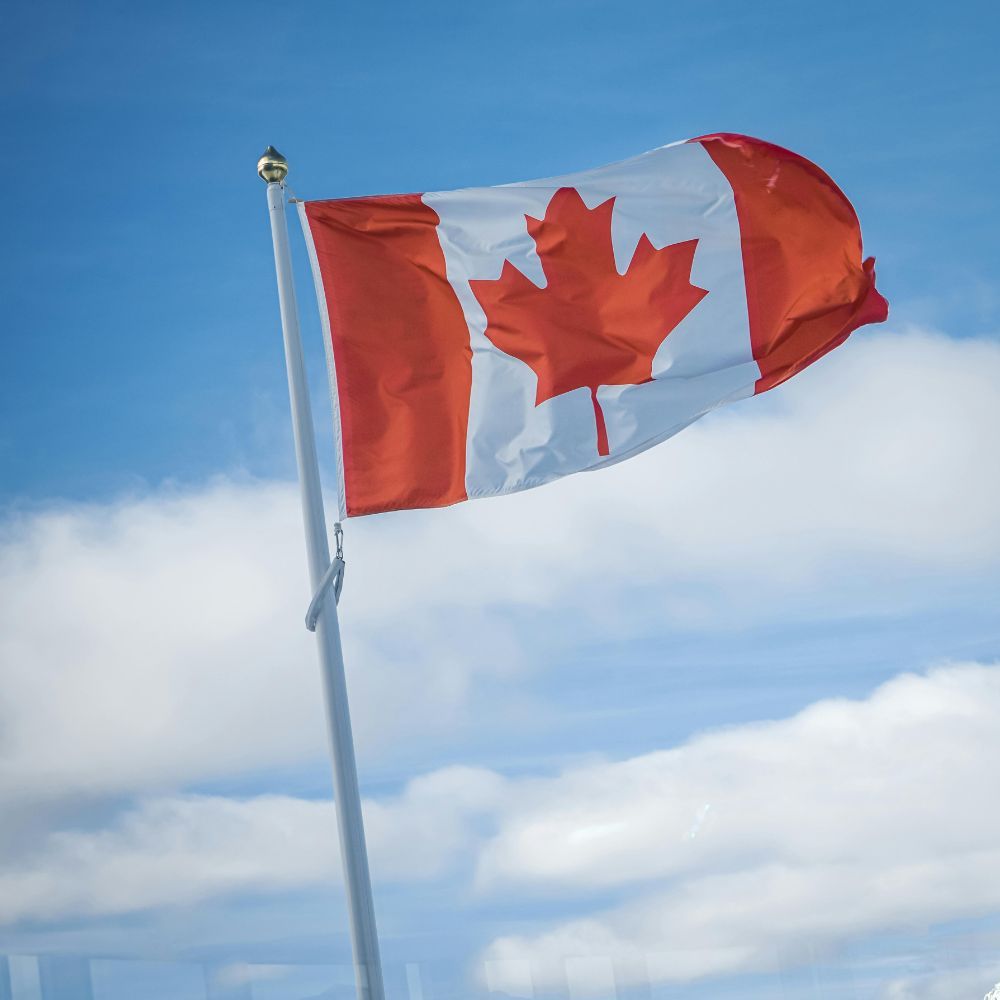First Nations People were Appreciated by Early Settlers What Happened?
Susanna Moodie wrote Roughing it in the Bush. a very observant account of her family settling in a loghouse in the 1830’s Their pioneer home was in the middle of the forest near the present town of Lakefield, Ontario. Upper Canada was then a British colony welcoming many American loyalists. The Moodies, mother, father, a retired British army officer, and daughter immigrated in 1832, and shortly after their log cabin was built started having warm relations with the local first nations people who were of the Mississauga tribe.
She wrote: “It was not long before we received visits from the Indians…Their honesty and love of truth are the finest traits in their characters... These are two God-like attributes, and from them spring all that is generous an ennobling among them There never was a people more sensible of kindness, or more grateful for any little act of benevolence …We met them with confidence, our dealings with them were conducted with the strictness integrity and they became attached to our persons, and no single instance ever destroyed the good opinion we entertained of them.”
In an introduction to the 1913 edition of The Moccasin Maker by the famous biracial indigenous performer and writer Pauline Johnson, Charles Mair wrote: “Impartial history not seldom leans to the red man's side; for, in his ordinary and peaceful intercourse with the whites, he was, as a rule, both helpful and humane. In the records of early explorers we are told of savages who possessed estimable qualities lamentably lacking in many so- called civilized men. The Illinois, an inland tribe, exhibited such tact, courtesy and self-restraint, in a word, such good manners, that the Jesuit Fathers described them as a community of gentlemen. Such traits, indeed, were natural to the primitive Indian, and gave rise, no doubt, to the much-derided phrase—"The Noble Red Man.’”
In a short story called “A Red Girl’s Reasoning” in the same book, Johnson writes of a trader who had long ago married an Indian girl: “The country was all backwoods, and the Post miles and miles from even the semblance of civilization, and the lonely young Englishman's heart had gone out to the girl who, apart from speaking a very few words of English, was utterly uncivilized and uncultured, but had withal that marvelously innate refinement so universally possessed by the higher tribes of North American Indians.”
First nations peoples under the French and in the earlier years of British rule were vital to our first major industry, the fur trade – providing the furs and powering the transportation system that brought the commodity to Montreal. They had been treated as partners under the French regime, and as we have seen were treated as neighbours and friends by the early settlers in Upper Canada. The diary of Mrs., Simcoe, the wife of the Lieutenant Governor of Upper Canada in the late 1700’s John Graves Simcoe makes many references to her interest in the local natives in then York and in her and her husband’s’ travels. On a trip to what is now London, Ontario the governor found his native guides very useful: “The Governor rose early on the march and walked till five o'clock. A party of the Indians went on an hour before, to cut down wood for a fire and make huts of trees, which they cover with bark so dexterously that no rain can penetrate, and this they do very expeditiously; when the Governor came to the spot the Indians had fixed upon the lodge for the night, the provisions were cooked; after supper the officers sung "God Save the King"; and
went to sleep with their feet close to an immense fire, which was kept up all night.”
This benign and friendly interest in the first nations who vastly outnumbered white settlers in the early years of Upper Canada was soon to end as the need for more land for incoming settlers from the US and Europe started to encroach on indigenous lands. This led to treaty making with First Nation’s bands in which they signed away traditional lands in return for small compensation, gifts, and annual monetary awards. This was an unfortunate change from earlier agreements.
The Royal Proclamation of 1763 confirmed First Nations’ sovereignty over their lands and prevented anyone, other than the Crown, from purchasing that land. The Crown, needing First Nations’ land for military purposes or for settlement, would first have to purchase it from its indigenous occupants. 50 years before Mrs. Moodie was meeting her Mississauga neighbours it became clear to colonial administrators that
agreements on who controlled lands had to be made with this tribe who dominated huge areas north of Lake Ontario.

50 years before Mrs. Moodie was meeting her Mississauga neighbours it became clear to colonial administrators that agreements on who controlled lands had to be made with this tribe who dominated huge areas north of Lake Ontario.
This is how a long saga of misunderstood botched agreements and misrepresentation of intent started leading finally to an actual sizeable purchase by the federal government’s purchase of land on which Toronto sits from the Mississauga in 2010.
Sir John Johnston, Superintendent General of the Indian Department, met in 1787 with a number of chiefs in which the they purportedly sold the lands in the Toronto Purchase agreement. The Misissauga readily agreed to share land because of Sir William Johnson’s promise that they could pull the Covenant Chain whenever they were in need and would never live in poverty, and could continue to hunt and fish on the land. A long list of gifts were given including 96 gallons of rum for a land mass.of 250,808 acres extending to Lake Simcoe. The Mississauga thought it was a rental agreement in which they would receive gifts of an ongoing basis.
A supposed deed documenting the sale of the lands was found years later and raised serious questions about the legitimacy of the deal .The deed was found blank and had no description of the land “purchased” by the Crown. Also of concern was that the marks of the chiefs were written on separate pieces of paper affixed to the blank deed. Consequently, a second sale was negotiated in 1805 with a tribe much reduced by poverty and disease. Ten shillings was given for this huge area.
The First Nation initiated new claims in the early 20th century, and finally in 2010, Canada agreed to pay CA$145 million for the lands, based on its historic value. The basis of the claims was that Canada did not provide the First Nation with adequate compensation for the land at the time of the purchases in 1787 and 1905. The settlement brought closure to these longstanding claims once and for all.
So, in some ways, the respect the Moodies had with their Mississauga neighbors was somewhat restored even if their descendants were reduced to living in a small reservation near Hagersville, Ontario and had been nearly decimated earlier.
It is worth remembering that Canada and its many communities and cities only exists because of the treaties First Nations made with newcomers. And as we have seen with the various badly executed agreements with the Mississauga, most have not been honoured and in general the first nations had a poor understanding of what they were giving up.
The many treaties that cover the vast territory of Canada were signed with ceremonies because they meant making relatives and making peace. Treaties were seen by indigenous leaders as binding covenants between native nations and the crown or monarch.
Raymond Aldred a Cree professor and priest, writing in the remarkable book Our Home and Treaty Land writes that the “treaty relationship is a shared narrative in which we are sacredly bound. Promises were made between your family and mine and the creator… what was supposed to be a respectful code of conduct degenerated into one in which government policies led to cultural genocide, assimilation, theft of land, denial of treaty and constitutional rights, racism and increasingly punitive laws to control every aspect of the lives and deaths of the original inhabitants of what is now Canadian territory.”
It is true that many tribes have been enriched by generous land claims settlements, and much effort has been given by governments and civil society to meet the recommendations of the Truth and Reconciliation Commission. But can we ever regain the friendship and respect early settlers had for First Nations people? That should at least be our goal.
Patrick Gossage Insider Political Views




